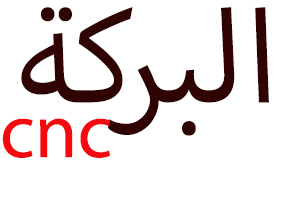Power electronics
is the field of engineering that deals with the conversion, control and application of electrical power using electronic devices. Powerpower electronics electronics is essential for many applications, such as renewable energy systems, electric vehicles, smart grids, industrial drives and consumer electronics.
In this blog post, I will introduce some of the basic concepts and components of power electronics, such as switches, converters, inverters, rectifiers and controllers. I will also discuss some of the challenges and opportunities in power electronics research and development.
Switches are the key elements of power electronics circuits. They can be either mechanical or electronic, and they are used to turn on or off the flow of current or voltage in a circuit. Switches can operate at different frequencies, voltages and currents, depending on the application. Some examples of switches are relays, transistors, thyristors, MOSFETs and IGBTs.
Converters are devices that change the magnitude or type of electrical power. They can be either AC/DC converters, which convert alternating current (AC) to direct current (DC), or DC/DC converters, which convert DC to another level of DC. Converters can also be classified as buck converters, which step down the voltage, or boost converters, which step up the voltage.
Inverters are devices that convert DC to AC. They are widely used in renewable energy systems, such as solar panels and wind turbines, to connect them to the grid or to load devices. Inverters can produce different types of AC waveforms, such as sinusoidal, square or pulse-width modulated (PWM).
Rectifiers are devices that convert AC to DC. They are commonly used in power supplies, chargers and battery systems. Rectifiers can be either single-phase or three-phase, depending on the number of AC inputs. Rectifiers can also be classified as uncontrolled rectifiers, which use diodes as switches, or controlled rectifiers, which use thyristors or other switches to control the output voltage.
Controllers are devices that regulate the output voltage or current of a converter or an inverter. They can be either analog or digital, and they use feedback loops to compare the actual output with a desired reference value. Controllers can also implement different control strategies, such as proportional-integral-derivative (PID), fuzzy logic or neural networks.
Power electronics is a dynamic and evolving field that offers many opportunities for innovation and improvement. Some of the current trends and challenges in power electronics are:
- Increasing the efficiency and reliability of power electronics devices and systems
- Reducing the size and weight of power electronics components and modules
- Developing new materials and technologies for power electronics applications
- Integrating power electronics with other disciplines, such as communication, control and artificial intelligence
- Addressing the environmental and social impacts of power electronics
I hope this blog post has given you a brief overview of power electronics and its importance for various applications. If you want to learn more about power electronics, you can check out some of the online courses, books and journals available on this topic.

